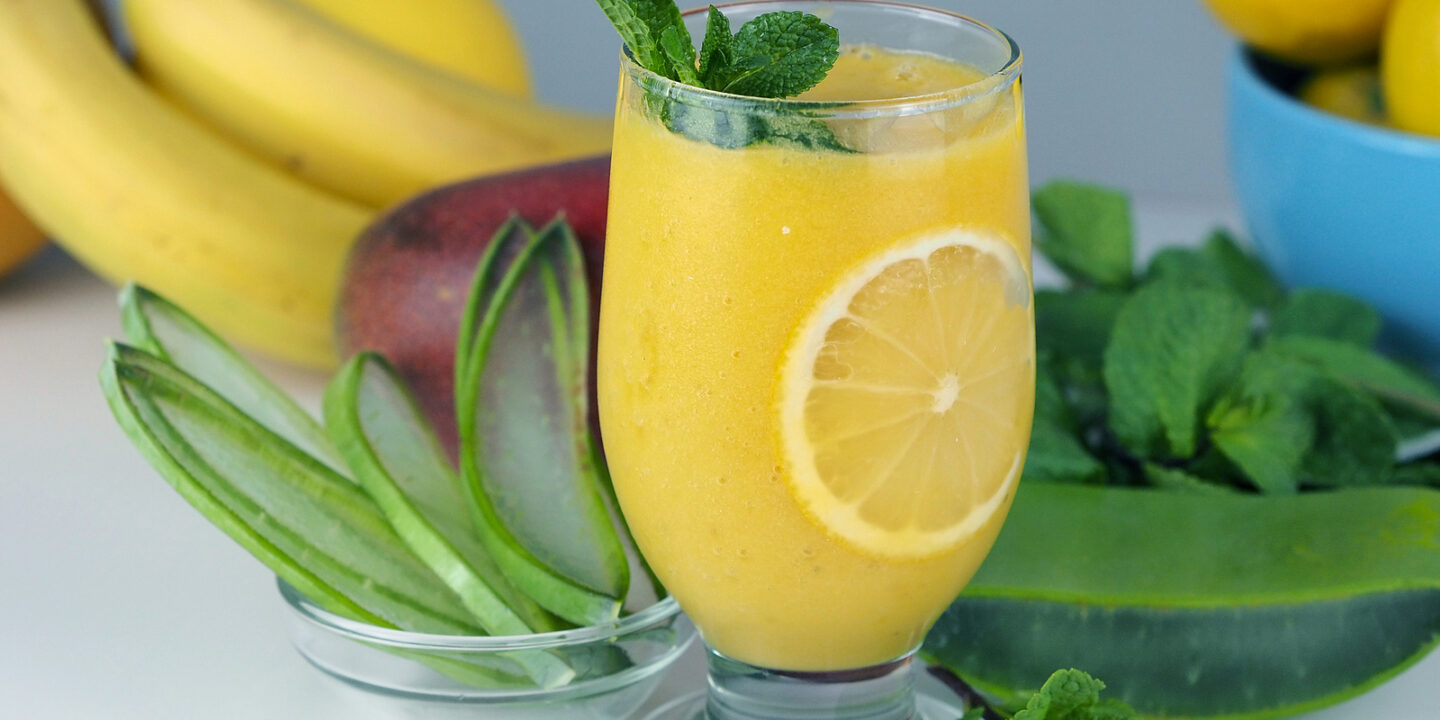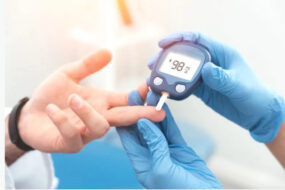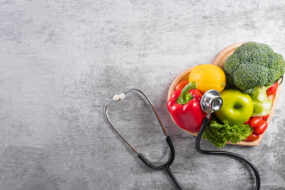
This article will explain the Clear liquid diet for diabetics and the reasons why it's beneficial for people with diabetes. You'll also learn about the possible risks associated with this type of diet. This diet can also be very helpful for people who are overweight or have poor cholesterol levels. So, let's start with the pros and cons. It is important to note that this diet is not suitable for everyone, especially those with high blood pressure.
Table of Contents
Clear liquid diet for diabetics
Depending on the procedure, a clear liquid diet may be necessary before undergoing the procedure. These diets can help diabetics control their blood sugar and glucose levels. To be sure that a diet is safe for your particular condition, talk to your doctor before beginning the diet. It is best to follow the instructions of the doctor who prescribed your insulin. While some people have no problems on a clear liquid diet, some should avoid certain types of liquids.
A clear liquid diet can be prescribed by a healthcare provider if the patient is undergoing a procedure that requires a prolonged fast. However, patients should remember that the clear liquid diet can be dangerous for their health, as it may cause them to experience malnutrition or other complications. For this reason, healthcare providers rarely recommend this type of diet. However, they may prescribe a supplement that enhances their nutrition. If a clear liquid diet isn't suitable for your particular situation, your healthcare provider can suggest a sugar-free diet.
The clear liquid diet is not appropriate for long-term use because it does not provide adequate calories and nutrients. It should be used as directed by your physician and should only be followed for a few days. To avoid affecting your results, make sure to follow your doctor's diet instructions carefully. Otherwise, you may end up having inaccurate test results and needing to reschedule the procedure. In addition, the clear liquid diet should not be mistaken for a vegan or vegetarian diet.
According to Dr. Taylor, the diet was effective for more than 80% of patients with type 2 diabetes. People who were diagnosed with diabetes within the past four years have a good chance of reversing it. The clear liquid diet for diabetics has caught on in the U.K., and you may also try it yourself. If you're interested, speak with your physician before you begin the program. A specialist isn't necessary, but you should have someone monitor your glucose and blood pressure levels.
In some cases, a clear liquid diet is necessary for certain procedures. A clear liquid diet allows doctors to see the digestive tract, and it helps prevent the patient from experiencing nausea before the procedure. It also provides important electrolytes and energy. However, this diet should only be done for a few days. There are other conditions in which a clear liquid diet is not appropriate. Listed below are some of the most common reasons why a clear liquid diet is not an appropriate diet for diabetics.
Purpose
The purpose of a liquid diet for diabetics is to maintain blood glucose levels. Although this diet is a liquid, it should contain adequate calories and carbohydrate to provide the energy needed by diabetic patients. In addition, liquid meals will digest faster than solid food, causing a larger blood sugar spike. The key to success is ensuring that the patient receives adequate calorie and carbohydrate intake during the entire liquid diet. For this reason, patients should be monitored constantly and gradually progress to solid foods.
Certain procedures may require a diabetic to follow a clear liquid diet. It is also recommended by physicians to help diabetics control their glucose levels. Those taking insulin should discuss this diet with their doctors to ensure that it is appropriate for their needs. Some examples of clear liquid diets for diabetics are Gatorade, G1,2,3, popsicles, and regular Jell-O.
Benefits
A recent study conducted by the British Journal of Clinical Nutrition found a number of benefits of a liquid diet for diabetics. The study involved 306 people with diabetes from 49 clinics across the UK. Most of the participants had long-standing diabetes and were overweight or very obese. They had been on insulin and diabetes medications for at least six years. They also had a low-fat diet, which caused their blood glucose levels to rise. In addition, many patients experienced remission of their condition after following the diet.
The main benefit of a liquid-only diet is that it allows diabetics to take in more nutrients while avoiding the calorie-dense foods they usually eat. However, the disadvantages are many, and some people may experience weight loss and constipation. Another disadvantage is that this diet is difficult to stick to, as it is hard to maintain. A full-liquid diet is similar to other liquid-only diets used for surgery or digestive disorders.
One recent study led by Professor Roy Taylor at Newcastle University found that an extremely low-calorie diet could put people with type 2 diabetes into remission after three to five months. The researchers then gradually reintroduced food to the participants. Upon completion of the study, 46 per cent of the participants placed their diabetes in remission, dropping their blood glucose levels into the non-diabetic range.
Another advantage of a liquid diet is its convenience factor. While solids require chewing and digesting, liquids can be easier to swallow and can substitute most meals and snacks. Many companies offer juice cleansing and juice meal replacement programs that allow a person to stay on a liquid diet without the hassle of preparing meals. But, these programs are costly and require a regular delivery schedule. If you're concerned about your health, consult with a nutritionist before embarking on any liquid diet.
Another benefit of a liquid diet is that it allows diabetics to choose their beverages. In addition, they can use pulp-free juices or broths instead of solid food. The diet allows them to add creamer to their beverages for added calories. They can also drink coffee, tea, and hot drinks without solid pieces. However, this diet is challenging and requires careful monitoring of nutrition intake. This is because a liquid diet requires 64 ounces of liquid every day.
Dangers
Liquid diets are popular among many people with diabetes, but they can also have harmful effects. A recent study found that ditching processed red meat could cut your diabetes risk by up to 35%. Instead, choose poultry, fish, nuts, and low-fat dairy products. Instead of juices and soft drinks, choose water and whole fruit. This way, you can enjoy beverages without sacrificing your health.
A full liquid diet can also cause constipation, as it lacks fiber. To remedy this, your healthcare provider may recommend an over-the-counter powdered fiber supplement. The resulting juice is then mixed with water or mashed vegetables. While weight loss can be significant during the short-term, it will likely regain after eating more solid food. Here are some of the common side effects of liquid diets:
The first side effect of a liquid diet is its high carbohydrate content. Instead of starchy, sugary foods, you should focus on whole grains and fruits, as these contain essential vitamins and minerals. Whole grains also contain fiber. Whole grains have less impact on your blood sugar levels than processed grains. Furthermore, they help you feel full longer. And fiber does not add any extra calories. The risk of developing diabetes is significantly lower if you consume foods rich in fiber.
A liquid diet is also difficult for people with diabetes because they cannot consume slow-digesting carbohydrates. This is a big problem because liquid meals digest more quickly than solid foods, which leads to a higher blood sugar level. Therefore, the dangers of a liquid diet for diabetics include:
Unlike other foods, dairy products do not have much fiber. In fact, the risks of diabetes can be increased by as much as 51% by eating two slices of bacon or a hot dog! And, because they contain lactose, they must be accounted for in your meal planning. And, if you can't afford to give up dairy altogether, you may want to consider a full-fat diet.










